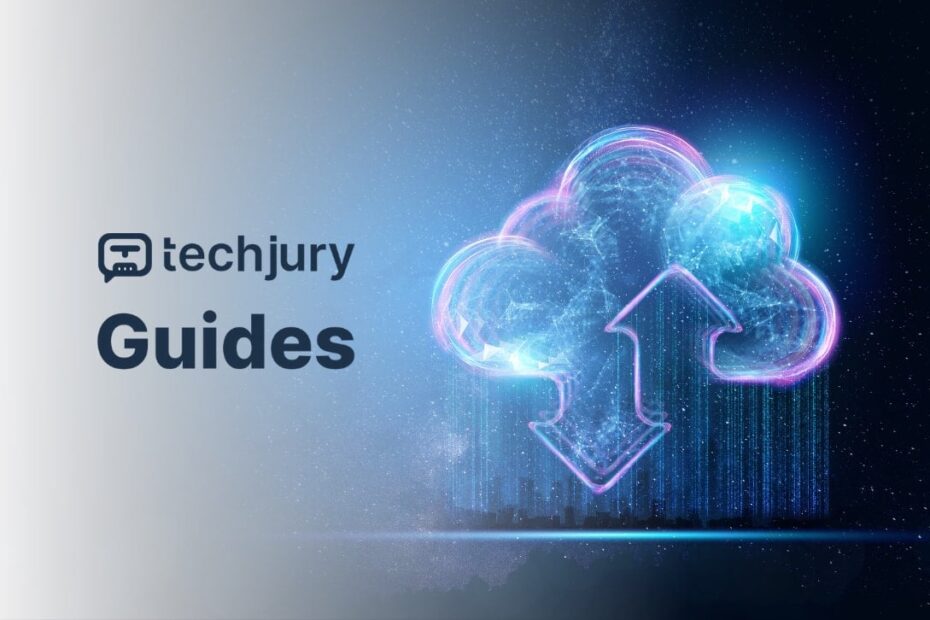The Digital Transformation of Data Storage
Imagine a world where your most precious memories, critical business documents, and personal information are no longer confined to physical devices that can be lost, damaged, or stolen. Welcome to the era of cloud storage—a technological marvel that has fundamentally transformed how we perceive, store, and interact with digital information.
Cloud storage isn‘t just a technological convenience; it‘s a revolutionary approach to data management that has reshaped our digital landscape. From small personal users to massive multinational corporations, cloud storage has become an indispensable part of our technological ecosystem.
The Evolution of Digital Storage
To truly understand cloud storage, we must first appreciate its historical context. Traditional data storage relied on physical media—floppy disks, hard drives, and external storage devices that were limited, fragile, and prone to failure. Each technological generation brought incremental improvements, but the fundamental challenge remained: how to securely store and easily access vast amounts of digital information.
The advent of cloud storage represented a paradigm shift. No longer were users constrained by physical hardware limitations. Instead, remote servers managed by sophisticated technology companies could now store, protect, and instantly retrieve massive volumes of data from anywhere in the world.
Technological Architecture of Cloud Storage
Understanding the Infrastructure
At its core, cloud storage is a complex network of interconnected servers distributed across multiple geographical locations. These servers work in harmony, creating a robust, redundant system that ensures data availability and protection.
When you upload a file to the cloud, it doesn‘t simply sit in a single location. Instead, it‘s fragmented, encrypted, and distributed across multiple servers. This approach provides several critical advantages:
- Redundancy: If one server fails, your data remains safe and accessible through alternative pathways.
- Performance: Distributed storage allows faster data retrieval by accessing the nearest server.
- Security: Fragmentation makes it exponentially more challenging for unauthorized parties to access complete datasets.
Data Transmission Mechanisms
The process of storing data in the cloud involves sophisticated transmission protocols. When you upload a file, it‘s first compressed to reduce transmission size, then encrypted using advanced cryptographic algorithms. These algorithms ensure that even if data is intercepted during transmission, it remains unreadable to unauthorized parties.
[Encryption Strength = f(Algorithm Complexity, Key Length, Transmission Protocol)]Security: The Cornerstone of Cloud Storage
Security remains the most critical concern for users and organizations considering cloud storage solutions. Modern cloud providers invest billions in developing multi-layered security frameworks that go far beyond traditional protection methods.
Authentication and Access Control
Advanced cloud storage systems now implement multi-factor authentication, biometric verification, and adaptive security protocols. These technologies analyze user behavior, detecting potential security anomalies in real-time and preventing unauthorized access.
For instance, if you typically access your cloud storage from a specific geographic location and suddenly log in from an unusual place, the system might trigger additional verification steps or temporarily restrict access.
Economic and Business Implications
Cloud storage isn‘t just a technological solution—it‘s an economic game-changer. By eliminating the need for extensive on-premises infrastructure, businesses can dramatically reduce operational costs while increasing scalability and flexibility.
Cost Analysis of Cloud Storage
Traditional data storage required significant upfront investments in hardware, maintenance, and dedicated IT personnel. Cloud storage transforms this model into a flexible, pay-as-you-go service. Organizations can now scale their storage needs dynamically, paying only for the resources they consume.
[Storage Cost Efficiency = \frac{Cloud Service Expense}{Traditional Infrastructure Investment}]Global Adoption and Market Trends
The global cloud storage market has experienced exponential growth. In 2023, the market was valued at approximately \$70 billion, with projections suggesting it will exceed \$150 billion by 2027. This growth reflects not just technological advancement but a fundamental shift in how businesses and individuals manage digital information.
Regional Variations in Cloud Storage Adoption
Different regions exhibit unique cloud storage adoption patterns:
- North America leads in technological innovation and early adoption
- European markets prioritize data privacy and regulatory compliance
- Asian markets show rapid growth, particularly in emerging technology sectors
Future Technologies and Emerging Trends
Quantum Storage and Next-Generation Solutions
The future of cloud storage looks incredibly promising. Emerging technologies like quantum storage promise unprecedented data density and transmission speeds. Researchers are exploring molecular-level storage techniques that could potentially store entire data centers‘ worth of information in a space smaller than a sugar cube.
Artificial Intelligence in Storage Management
Machine learning algorithms are increasingly being integrated into cloud storage systems, enabling:
- Predictive maintenance of storage infrastructure
- Intelligent data optimization
- Automated security threat detection
- Dynamic resource allocation
Practical Recommendations for Users
Choosing the Right Cloud Storage Solution
When selecting a cloud storage provider, consider:
- Security protocols
- Performance metrics
- Cost structure
- Scalability options
- Compliance with regional regulations
Conclusion: Embracing the Cloud Storage Revolution
Cloud storage has transcended its initial perception as a mere technological convenience. It represents a fundamental reimagining of how we create, store, and interact with digital information.
As technology continues to evolve, cloud storage will undoubtedly play an increasingly critical role in our personal and professional lives. By understanding its mechanisms, appreciating its potential, and staying informed about emerging trends, you can harness this powerful technology to protect, manage, and leverage your digital assets.
The cloud is no longer just a storage solution—it‘s the backbone of our digital future.
